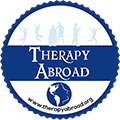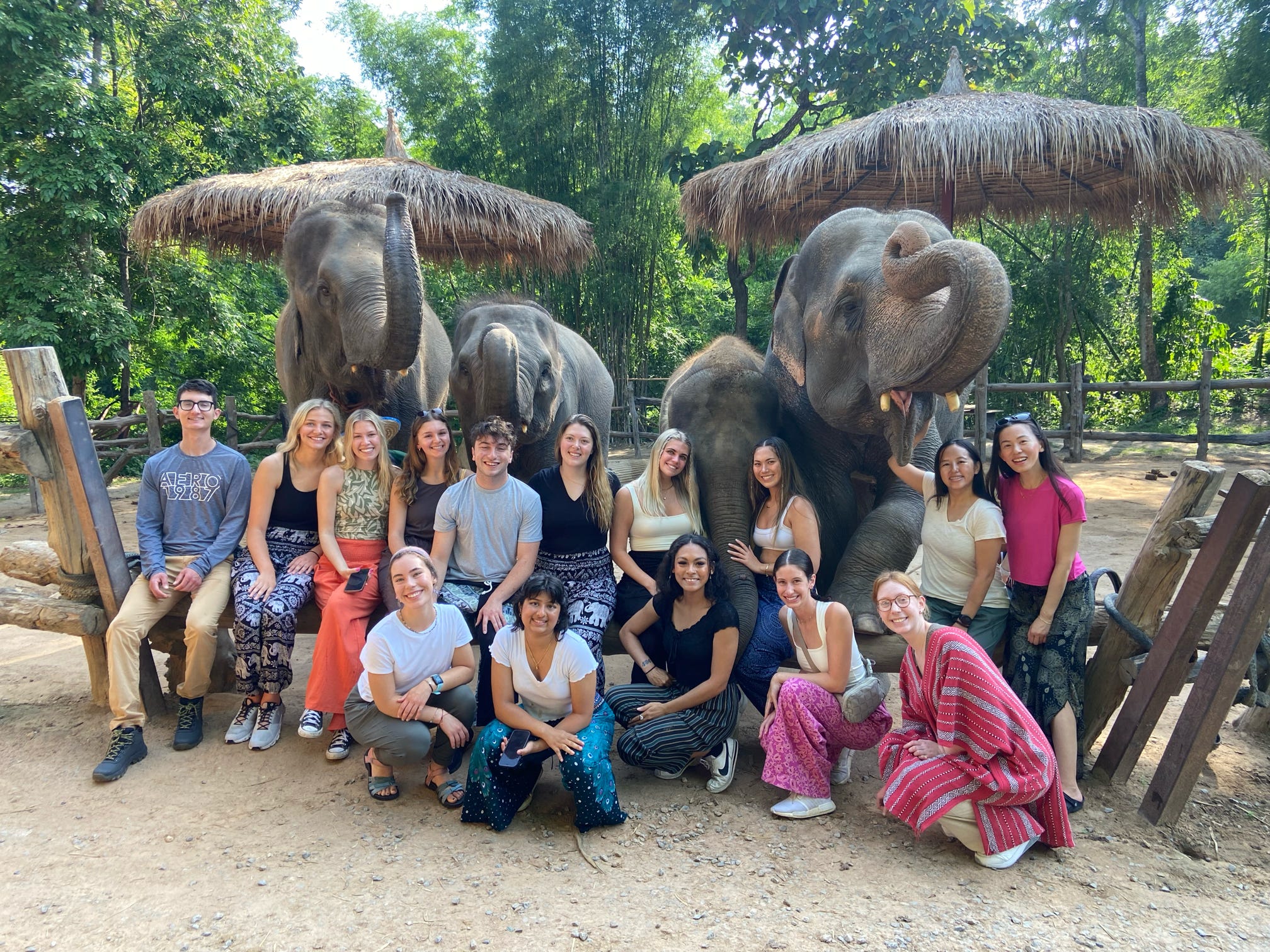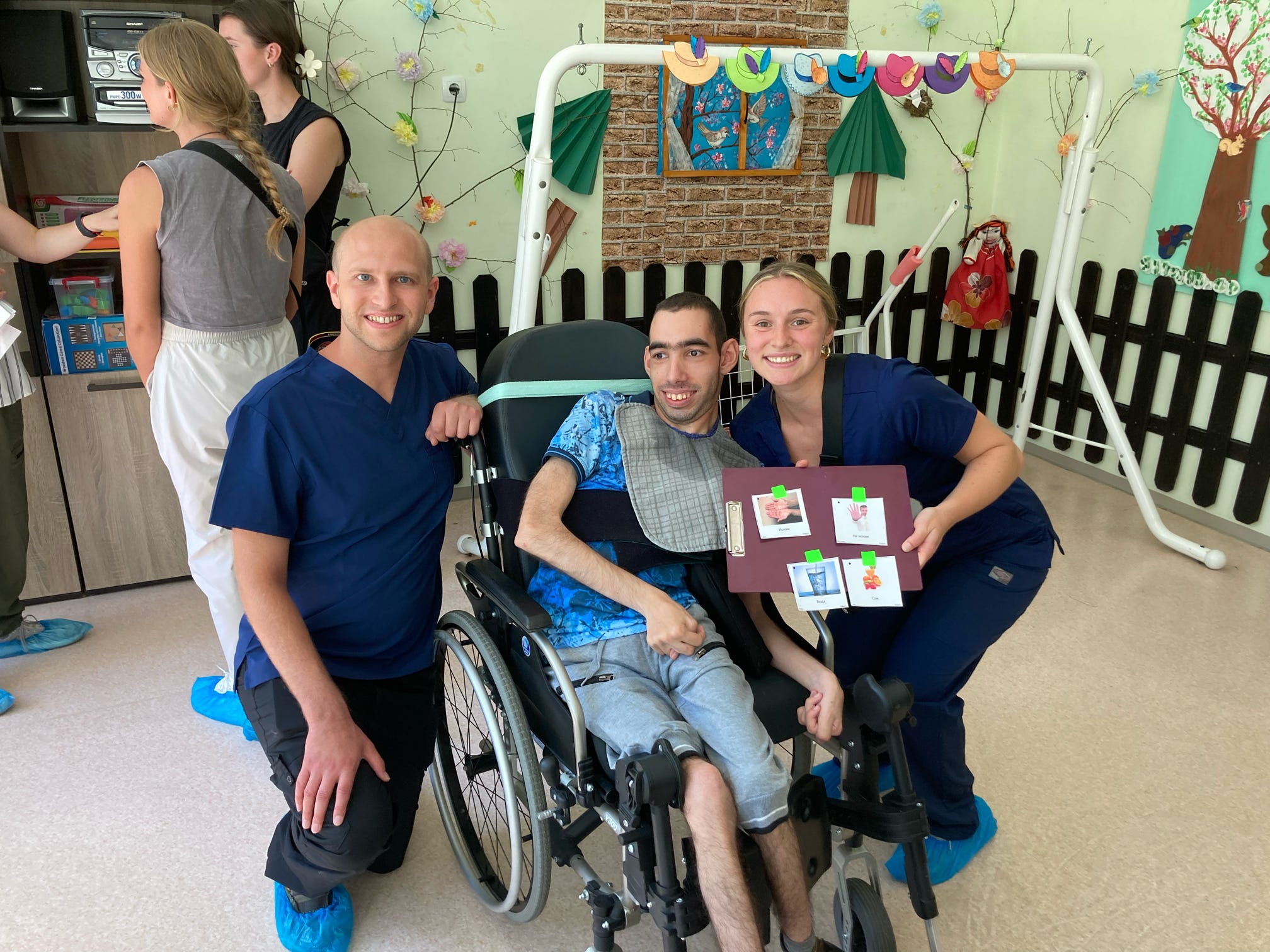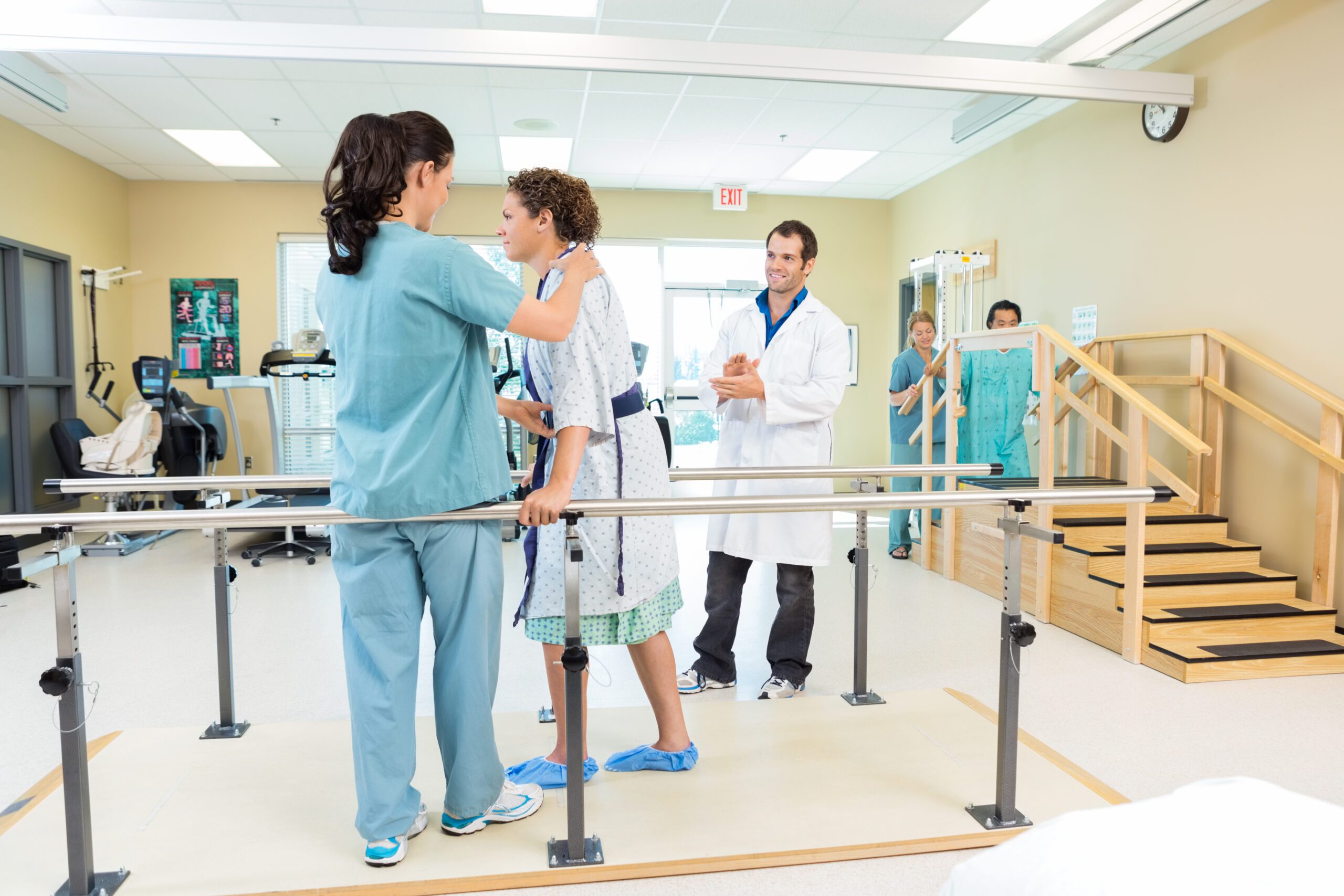Speech-language pathology (SLP) is a gratifying career that empowers patients to communicate effectively. It’s also a diverse field, so you can meet and work with so many different patients throughout your career.
But before you can start practicing speech therapy, you’ll need to complete some education and certification requirements. One of these is your observation hours, a prerequisite to getting your ASHA certification. So to help you on your journey toward becoming an SLP, here’s a guide on how to get SLP observation hours to start your practice.
What are SLP Observation Hours
SLP observation hours refer to one component of the required practicum mandated by ASHA. According to the American Speech-Language-Hearing Association (ASHA), you must finish at least 400 hours of supervised clinical experience to get your Certificate of Clinical Competence in SLP (CCC-SLP).
The 400-hour requirement is broken down into 25 hours of guided observation and 375 hours of direct patient contact. Generally, you should complete 25 hours while in undergraduate school since graduate programs require this before starting your degree program or clinical work.
Aside from this, it’s important to note that observation and volunteer hours are not the same. Observation involves shadowing a professional SLP to see how they work and provide therapy services to patients. On the other hand, volunteering means offering hands-on support to clinics or other healthcare settings, usually involving administrative or clerical work.
As part of ASHA’s rule, your observation activities should fall within the scope of practice in speech-language pathology. All your activities can be done on-site or online and should be conducted under the direction of an ASHA-certified SLP. And finally, you should have your SLP supervisor document and sign your hours.
How to get SLP Observation hours?
So to help you finish your certification requirements, here are some ways how to get SLP observation hours. Remember—the earlier you complete them, the better!
Check With Your Program Coordinator
The most straightforward way to get SLP observation hours is to ask your school’s program coordinator for possible opportunities. In most cases, schools allow you to have clinical observations within the campus if they have a speech clinic. If not, your coordinator may be able to connect you to some community sites where you can do your observation.
Contact a Certified SLP
If you want to explore other outside opportunities, you can also take the initiative to look for certified SLPs in other schools, private clinics, hospitals, nursing homes, and other healthcare facilities. Before anything else, please contact the SLP for permission and ask them if you can observe for a certain amount of time. Remember to keep track of your hours since you’ll be responsible for all off-site observations.
Sign Up at the Master Clinician Network
Another option is to sign up at the Master Clinician Network. This gives you access to a wide database of clinical videos with evaluation and treatment sessions. Aside from the convenience of having countless videos to choose from, you also have the chance to learn from different experts and observe many therapy procedures.
Overall, you get the experience of shadowing knowledgeable SLPs from the comforts of your home. Whatever you decide to watch in Master Clinician, these can count towards your observation hours, making it easy to fulfill the required number of hours. But the main caveat is you’ll need to pay an annual membership fee of $45 for students.
Attend Study Abroad Programs
Without a doubt, one of the best ways—if not the best—to complete 25 hours of SLP observation is through a study abroad program.
These programs allow you to observe and work alongside professionals to gain hands-on experience in the field and discover new healthcare practices. You’ll also get the chance to interact with people from different cultures. Through these experiences, you improve your cross-cultural competence and broaden your perspective on global issues.
If you’re interested in trying such opportunities, Therapy Abroad offers a range of SLP programs to help you learn more about the field. These include the SLP & AAC Program in Thailand and the Communication Sciences & Disorder Program in Belize and Dominican Republic. They all expose you to a unique multicultural environment and even grant you professional observation hours.
The Benefits of Speech and Language Pathology Observation Hours
Observation is a requirement to receive your CCC-SLP certification. But more than that, it’s one of the best learning experiences to help in your education journey. Specifically, here are the top benefits of your SLP observation hours:
- Preparation for Graduate Program. Clinical observations allow you to understand your course better and potentially find interests. These can ultimately prepare you for graduate school. They also aid in the discernment process and help you decide if SLP is the right career choice.
- Learn Therapy Procedures. While observing professional SLPs, you learn more about therapy procedures. In other words, you get to see how the concepts you’ve learned in class can be applied in a real clinical setting.
Do You Want to Complete Your SLP Observation Hours Abroad?
SLP observation hours are important to get your ASHA certification. While there’s no hard rule on how you should complete them, doing your observations abroad undoubtedly comes with many advantages. Cultural awareness and higher chances of acceptance into graduate programs are just some of them.
So if you’re not sure how to get SLP observation hours, don’t hesitate to go out of your comfort zone and apply for study abroad programs. Therapy Abroad has a range of SLP programs to help you complete your observation hours while being immersed in a real clinical setting. To learn more about our programs, feel free to contact us at 949-423-6165 .


 Share
Share
 Tweet
Tweet
 LinkedIn
LinkedIn
 Pin
Pin
 Email
Email








